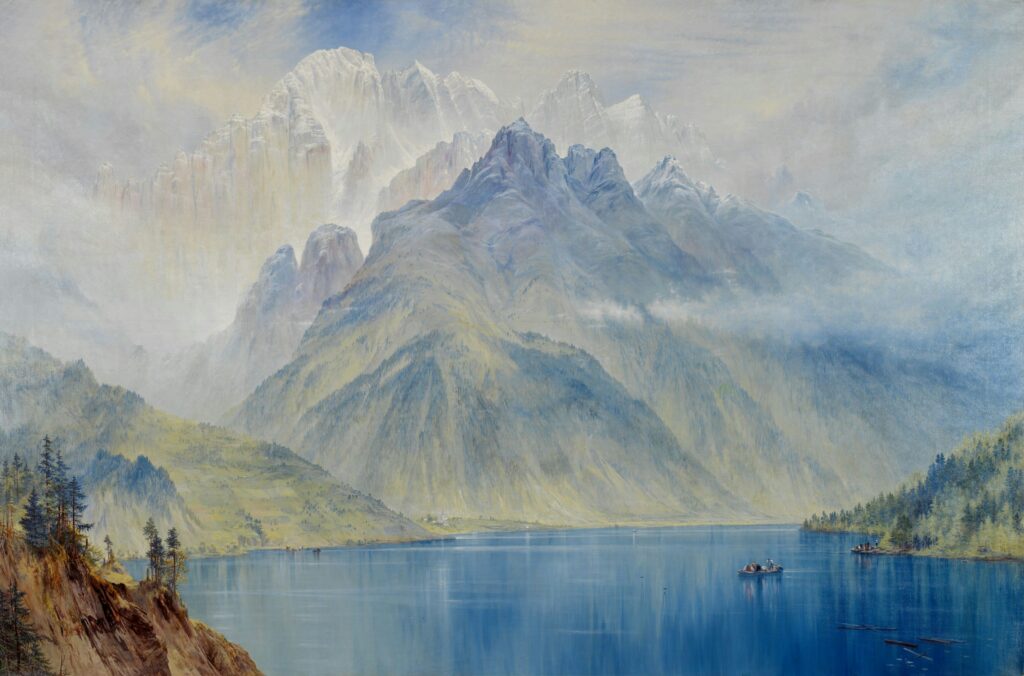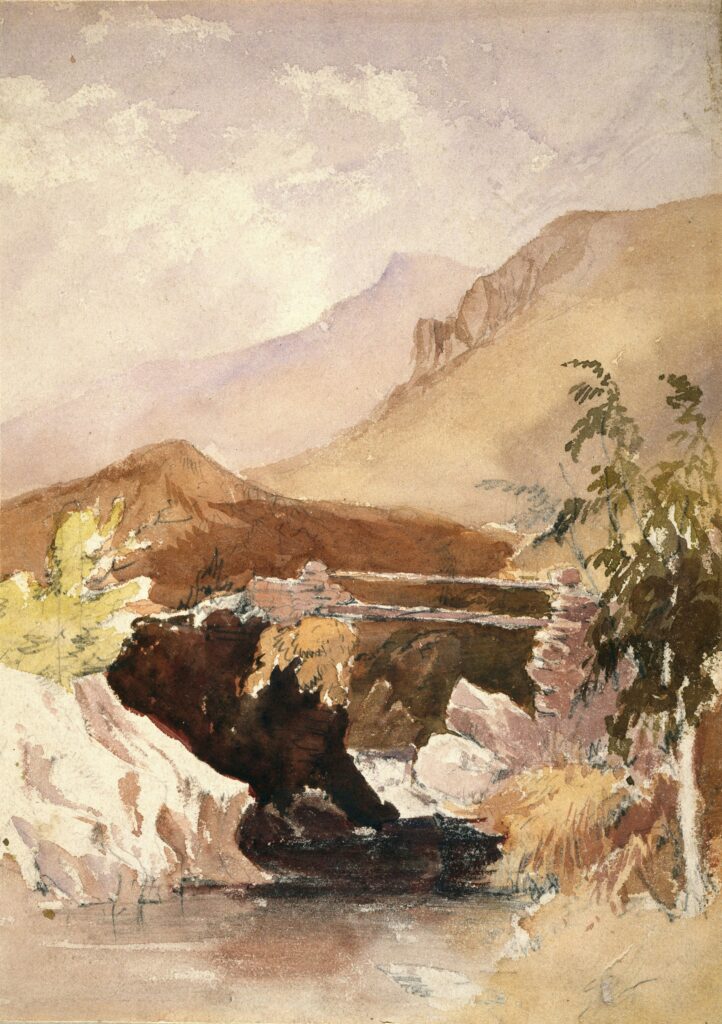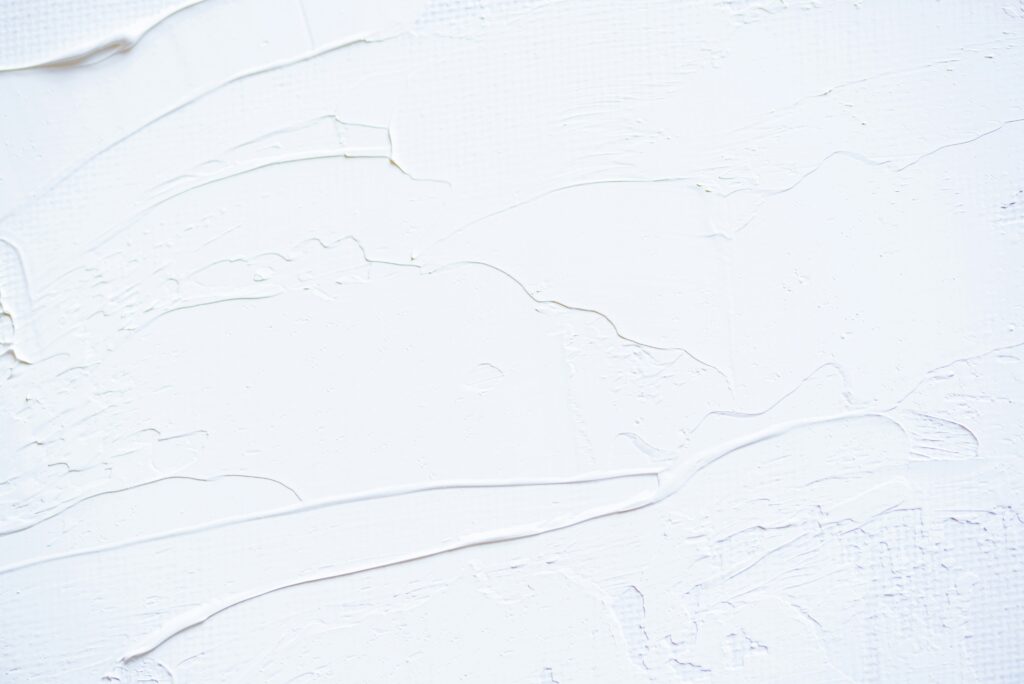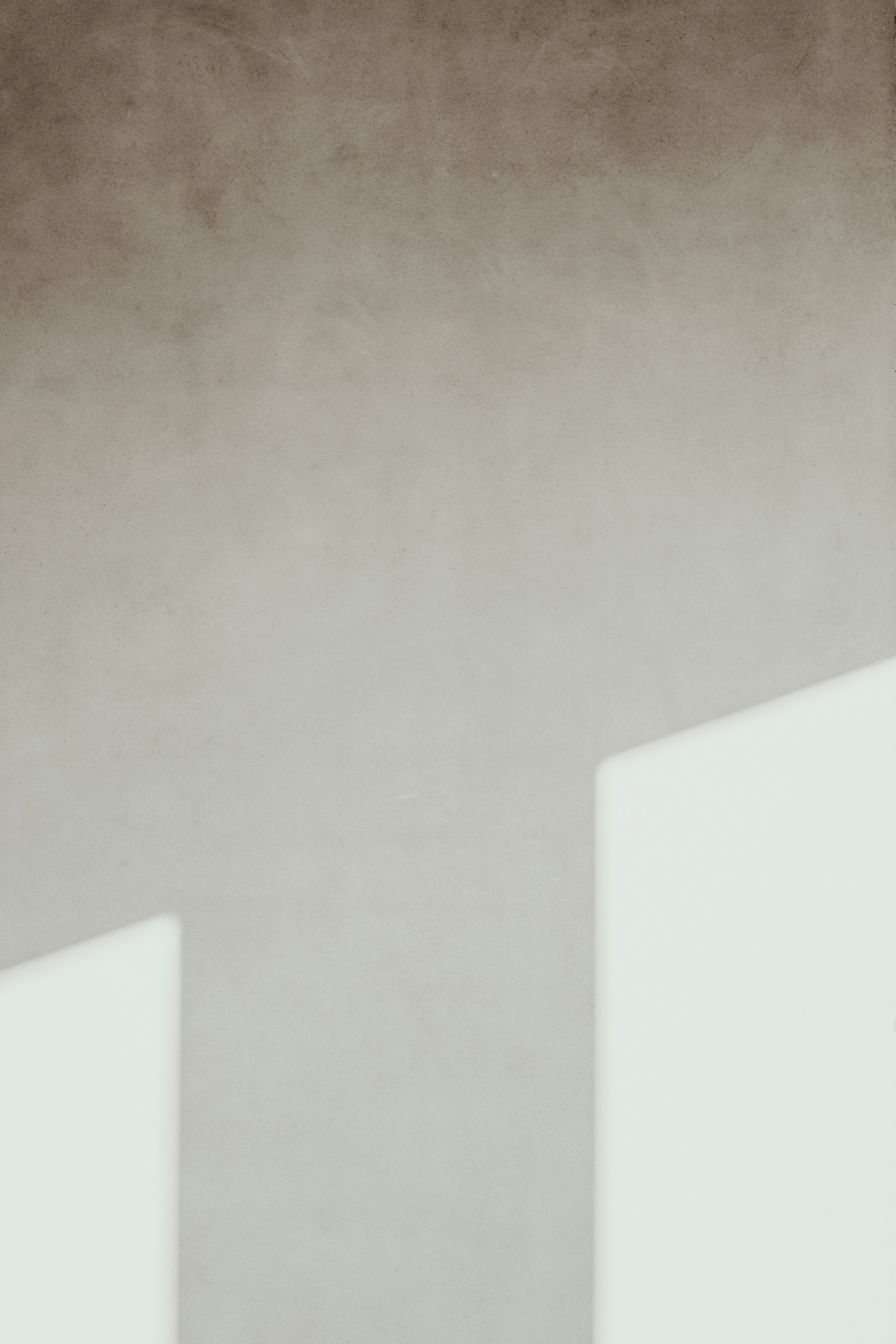Are you struggling with hanging your metal mountain wall art accurately and level? Look no further! We understand the frustration that can come with trying to achieve that perfect alignment, which is why we have compiled a few helpful tips to make the process a breeze. From using a level tool to measuring and marking the precise spots, these practical suggestions will ensure that your metal mountain wall art is beautifully displayed and perfectly level on your wall. Say goodbye to crooked art and hello to a stunning focal point in your space!

Tips for Hanging Metal Mountain Wall Art
If you’ve recently purchased a beautiful piece of metal mountain wall art, you’re probably eager to hang it up and enjoy its stunning presence in your home. Hanging wall art, especially metal pieces, can be a little tricky, but with the right tools and techniques, you can achieve a perfectly level and visually appealing display. In this article, we’ll walk you through some helpful tips and steps to ensure a successful hanging experience.
Using a Level
Before we dive into the specific steps, let’s start with the most crucial tool for hanging wall art – a level. A level is essential to ensure that your metal mountain wall art hangs perfectly straight and level on the wall. By using a level, you can avoid the frustration of a crooked display and achieve a polished look that enhances the overall aesthetic of your space.
Ensure Accuracy
When using a level, it’s important to ensure its accuracy. Check the bubble inside the level by placing it on a flat surface. If the bubble is not centered, the level might be damaged or defective, and using it for hanging your artwork could lead to inaccurate results. Therefore, it’s always a good idea to invest in a reliable and well-calibrated level.
Types of Levels
There are various types of levels available on the market, including traditional bubble levels, laser levels, and digital levels. Choosing the right type of level depends on your personal preference and the complexity of the hanging job. Traditional bubble levels are simple and effective, while laser levels provide precision and convenience. Digital levels, on the other hand, offer measurements and angles for more advanced hanging projects.
Leveling the Artwork
Once you have your level ready, it’s time to ensure that your metal mountain wall art is perfectly level. Hold the level against the top of the artwork and adjust its position until the bubble is centered. This will ensure that the top edge of your art is parallel to the ground and create a pleasing visual effect. Take your time and make small adjustments until you achieve an even and level positioning.
Marking the Wall
Before hanging your metal mountain wall art, it’s crucial to mark the wall to indicate the exact spot where it will be mounted. Properly marking the wall will save you from potential mistakes and the hassle of repositioning the artwork.
Locating the Hanging Point
First, determine the desired hanging point on the wall. Consider the size and shape of your metal mountain wall art, as well as the surrounding space and furniture. Ideally, you’ll want to position the artwork at eye level or slightly above, creating a focal point that complements the room’s overall design.
Using a Pencil or Tape
Once you’ve decided on the hanging point, use a pencil or painter’s tape to mark the top center of your metal mountain wall art. This will act as a guide when you’re ready to position and mount the artwork. Make sure the marking is visible and easily identifiable so that you can align the art accurately.
Measuring and Marking Properly
To ensure accuracy, it’s important to measure and mark the placement of your metal mountain wall art properly. Use a tape measure to measure the distance between the hanging point and other key elements in the room, such as furniture or architectural features. This will help you achieve a balanced and visually appealing display. Take your time with the measurements and double-check to ensure accuracy before proceeding to the next steps.
Positioning the Artwork
Now that you have your wall marked and prepared, it’s time to position your metal mountain wall art. Proper positioning is crucial for creating a harmonious and visually pleasing arrangement.
Choosing the Right Spot
Consider the overall layout and design of your space when choosing the spot for your metal mountain wall art. Take into account the size and shape of the artwork, as well as the colors and textures in the surrounding area. You want the art to stand out while also complementing the existing elements in the room.
Considering Eye-Level
For a visually balanced display, it’s generally recommended to position your metal mountain wall art at eye level or slightly above. This will make it easier for viewers to appreciate the details and craftsmanship of the piece. If you’re unsure about the exact height, ask a friend to stand in the room and mark their eye level. This will serve as a guideline for your artwork placement.
Aligning with Furniture or Décor
Another important factor to consider when positioning your metal mountain wall art is how it aligns with furniture or other decorative elements in the room. You can create a visually cohesive look by aligning the bottom edge of the artwork with the top edge of a nearby piece of furniture, such as a console table or sofa. This will create a harmonious connection and enhance the overall aesthetic of the space.

Choosing the Right Hardware
Having the right hardware is essential for securely hanging your metal mountain wall art. Choosing the appropriate hardware will depend on factors such as weight capacity and the type of wall you’ll be mounting the artwork on.
Weight Capacity
Before selecting the hardware, determine the weight of your metal mountain wall art. This information is usually provided by the manufacturer or can be estimated by considering the size and materials used in the artwork. Be sure to choose hardware that can comfortably support the weight of your piece to prevent any accidents or damage.
Type of Wall
Consider the type of wall you’ll be hanging your metal mountain wall art on. Different wall types require different hanging methods. For example, if you have drywall, you’ll need to use anchors to provide additional support. On the other hand, if you have plaster or brick walls, you might need specific hardware designed for these surfaces.
Hook or Hanging System
Once you’ve determined the weight capacity and type of wall, you can choose the appropriate hardware. Depending on the weight and design of your metal mountain wall art, you might opt for hooks, brackets, or a hanging system. Hooks and brackets are commonly used for smaller or lighter pieces, while hanging systems provide extra stability and convenience for larger artworks.
Attaching the Hardware
After selecting the right hardware, it’s time to attach it to your metal mountain wall art. Properly attaching the hardware will ensure a secure and reliable hanging solution.
Proper Alignment
Before attaching the hardware, double-check the positioning and alignment of your metal mountain wall art. Make sure it’s level and centered, based on the markings you made earlier. This will guarantee that the hardware is correctly placed and that the artwork hangs straight on the wall.
Secure Attachment
Follow the manufacturer’s instructions provided with your chosen hardware to ensure a secure attachment. Use a screwdriver or drill to fasten the hardware firmly to the back of your metal mountain wall art. Take your time and make sure the attachments are tight and strong to prevent any mishaps once the artwork is mounted.
Using Anchors if Necessary
If you’re hanging your metal mountain wall art on drywall, it’s crucial to use wall anchors to provide added support. Wall anchors are necessary because drywall alone is not strong enough to hold heavy objects securely. Follow the instructions for installing the anchors and ensure they are properly inserted into the wall before attaching the hardware.

Measuring and Marking
Once the hardware is securely attached to your metal mountain wall art, it’s time to measure and mark the wall to indicate where the artwork will be mounted.
Determining Height
Using the measurements you took earlier, determine the height at which you want your metal mountain wall art to hang. This will depend on factors such as the size of the artwork, the overall room design, and personal preference. Double-check the measurements to make sure the height aligns with your previous markings.
Measuring with a Tape Measure
Use a tape measure to measure the distance from the hanging point on the back of your artwork to the top edge of the frame or hanging hardware. This measurement will help you determine the exact location on the wall for mounting. Take into account any additional space needed between the top edge of the artwork and the ceiling or other elements in the room.
Marking the Wall
Once you have the measurement, use a pencil or painter’s tape to mark the wall at the determined height. It’s useful to use a level to ensure the marking is perfectly straight and aligned with your previous markings. This will guide you when it’s time to mount your metal mountain wall art.
Using Hanging Templates
If you’re a perfectionist or prefer a foolproof method, you can create and use hanging templates to guide the placement of your metal mountain wall art.
Creating a Template
To create a hanging template, trace the shape and outline of your metal mountain wall art onto a large piece of paper, cardboard, or craft paper. Cut out the shape meticulously, ensuring it matches the exact dimensions of your artwork. This template will serve as a visual guide for positioning the art accurately on the wall.
Transferring Measurements
Using your tape measure, transfer the measurements from the back of your metal mountain wall art to the hanging template. Mark the height and any other necessary measurements on the template, such as the center point or side alignment points. This will ensure precise placement when you’re ready to hang the artwork on the wall.
Guiding Placement
With your hanging template prepared, tape it to the wall, aligning it with your previous markings. The template will act as a guide for positioning your metal mountain wall art. Use a level to ensure the template is perfectly level and centered. Once you’re satisfied with the position, you can proceed to mount your artwork following the markings on the template.
Utilizing Wall Anchors
As mentioned earlier, wall anchors are essential when hanging your metal mountain wall art on drywall or other fragile wall materials.
When to Use Anchors
If you’re unsure about the strength and sturdiness of your wall, it’s always better to be safe than sorry. We strongly recommend using wall anchors for heavy or medium-sized metal mountain wall art. Wall anchors provide extra support and prevent the artwork from falling or damaging the wall.
Types of Wall Anchors
There are various types of wall anchors available, including plastic, nylon, metal, and toggle anchors. The best type of anchor for your application will depend on the weight of your artwork and the type of wall you have. Plastic anchors are suitable for lightweight pieces, while toggle or metal anchors are ideal for heavier artworks. Consult the hardware store or manufacturer for recommendations based on your specific needs.
Proper Installation
Follow the instructions provided with your chosen wall anchors to install them properly. Typically, the process involves drilling a hole into the wall and inserting the anchor until it’s flush with the surface. Make sure the anchor is secure and tightly fitted, as this will determine its effectiveness in holding the weight of your metal mountain wall art.
Considering Wall Material
Lastly, it’s important to consider the type of wall material in your home when hanging your metal mountain wall art. Different wall materials require different techniques and hardware.
Drywall
Drywall is a common wall material, and it can be the trickiest to hang heavy or large metal mountain wall art. As mentioned earlier, using wall anchors is essential when hanging on drywall. Wall anchors distribute the weight across a larger area, preventing the drywall from crumbling or ripping under the artwork’s weight. Be sure to follow the proper installation instructions for your chosen anchors.
Plaster
For plaster walls, you might need specific hardware designed for the material. Plaster can be a delicate and brittle surface, so it’s important to choose the appropriate anchors or brackets that will securely hold your metal mountain wall art. Consult the manufacturer or a hardware professional to ensure you select the right hardware and installation method.
Brick or Concrete
hanging metal mountain wall art on brick or concrete walls requires specialized hardware designed for these materials. For these surfaces, consider using masonry screws or concrete anchors to ensure a secure and long-lasting installation. It’s advisable to consult a professional or hardware expert to guide you through the process when dealing with brick or concrete walls.
Hanging metal mountain wall art can be a rewarding and enjoyable task. By following these tips and step-by-step guidelines, you’ll be able to achieve a level and visually stunning display that enhances the beauty of your home. Remember to take your time, measure accurately, and choose the right hardware for your specific artwork and wall type. Enjoy the process, and soon you’ll have a beautifully displayed metal mountain wall art that adds a touch of nature and sophistication to your space.


